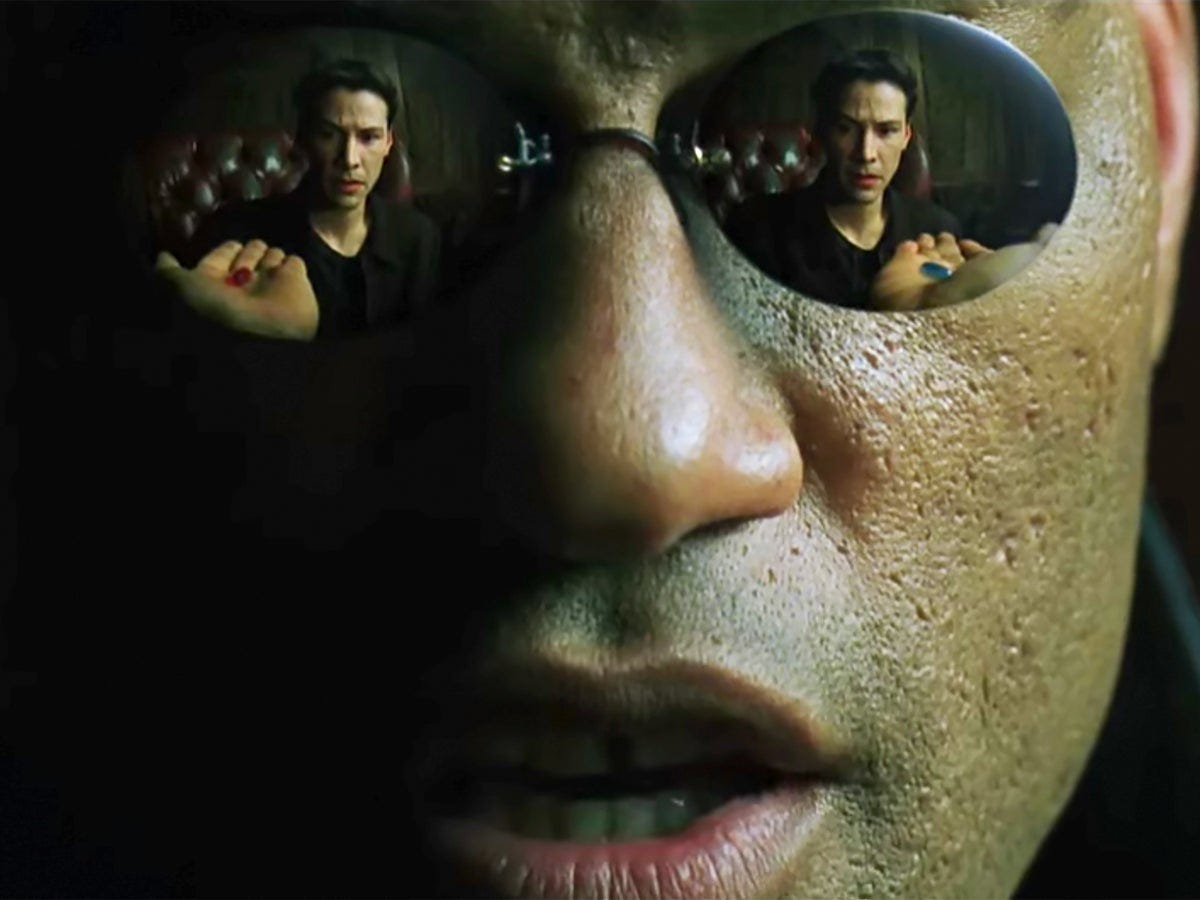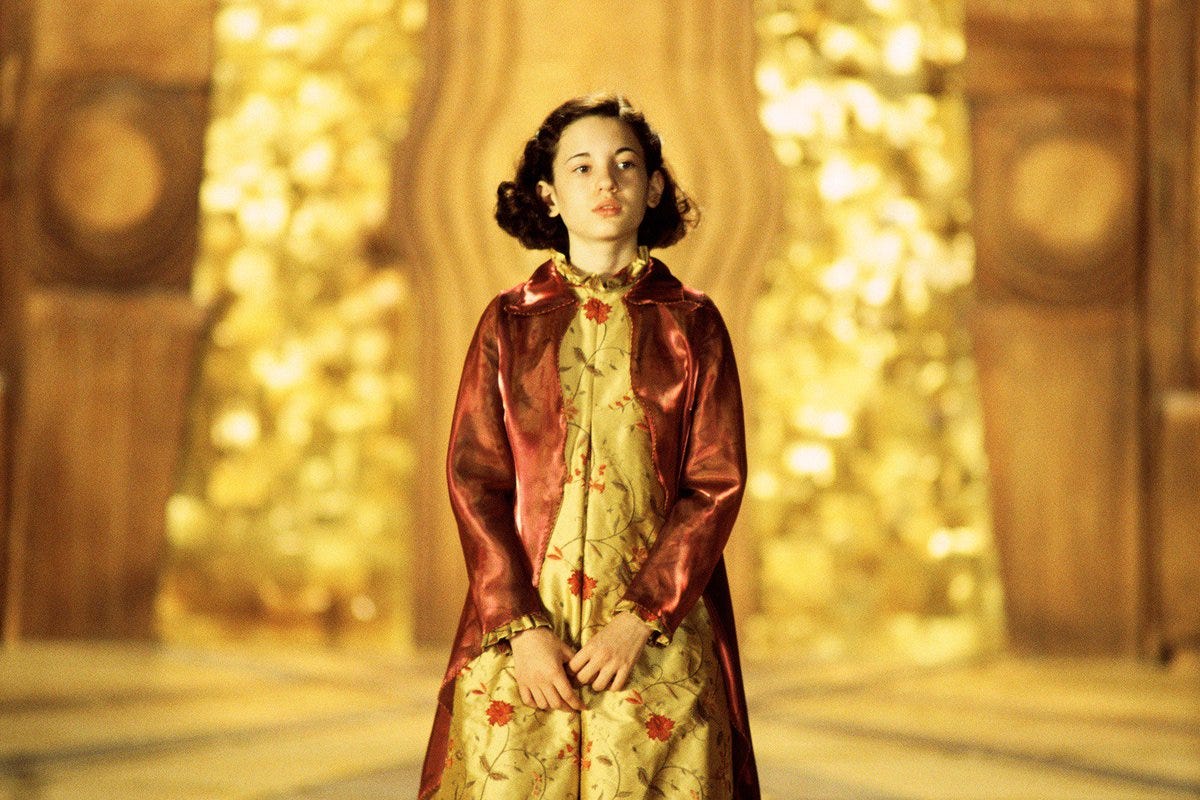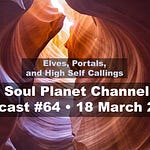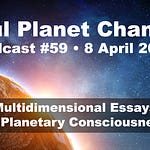Three years ago, during my final semester as an English Professor at Ohio University, I taught an online course in Popular Fiction and Film which I designed in such a way as to challenge the limiting beliefs that shape our culture today. In the course we read Joseph Campbell’s Hero With a Thousand Faces and watched movies such as Avatar, Pan’s Labyrinth, Black Panther, and the Matrix trilogy.
To start the course off in the right frame of mind, I put together a video lecture that I entitled “Believing in Fairy Tales.”
My goal in the lecture, as well as in the class as a whole, was to get my students to consider the possibility that the categories, genres, and definitions that we use to distinguish what we call fantasy from what we call reality might not simply serve to describe such fantasy worlds and real worlds but in fact to create those worlds as perpetually, infinitely separate worlds.
So I began the course by asking this key question:
What if the world of fairy tales was actually the real world and what we call real is in fact a socially-accepted fantasy?
To push this question further, we could ask:
What if the words we use—words such as “fairy tales”—serve a domesticating function, taming the wild leaps that characterize the natural state of our consciousness?
What if the whole way we talk about the opposition between Fiction and Reality functions as a way of crushing our imaginative spirit, our fantastic ways of operating in the world?
What if imagination itself is such a threat to the social order that we need to pretend that all of our mental life must be reduced to what we are told to call reality?
What if reality is far more fabulous than we are ever allowed to believe?
In our usual discussions of literature and film, we often find ourselves using terms such as “fairy tales,” “speculative fiction,” “science fiction,” “fantasy,” “superhero fiction,” “utopias and dystopias,” “supernatural stories,” and more. Each of these terms divides our worlds up into what are called reality and fiction. And when we use these terms, we are simultaneously cutting ourselves off from all those experiences that transcend the limits of what is considered to be socially acceptable reality.
This imaginative suppression might just serve to keep us from seeing the multi-dimensional nature of imaginative storytelling—or what we should perhaps better call imaginative reality construction. What if we were to believe that these imaginative worlds in our so-called fictions could in fact be the blueprints of alternate realities? And that believing makes it so?
THE DEFINITION OF FAIRY TALE
We can get a glimpse of this domesticating project by taking a brief look at what Wikipedia has to tell us about fairy tales:
A fairy tale, wonder tale, magic tale, fairy story or Märchen is the name for a folklore genre that takes the form of a short story. Such stories typically feature entities such as dwarfs, dragons, elves, fairies, giants, gnomes, goblins, griffins, mermaids, talking animals, trolls, unicorns, or witches, and usually magic or enchantments. Fairytales may be distinguished from other folk narratives such as legends, which generally involve belief in the veracity of the events described and explicit moral tales, including beast fables.
The term is mainly used for stories with origins in European tradition and, at least in recent centuries, mostly relates to children's literature. Unlike legends and epics, fairy tales usually do not contain more than superficial references to religion and to actual places, people, and events. They take place once upon a time rather than in actual times.
So take a look at the words used in Wikipedia to describe the qualities of these tales and other “fictional” genres such as science fiction and supernatural tales:
supernatural
imaginative
fictional
magic
impossible
unbelievable
contradictory
inexplicable
childish
once upon a time
And compare these with the terms used to describe that which opposes the nature of this fantasy world:
real world
historical
natural laws of reality
plausible
scientifically possible
commonplace natural world
materialist assumptions
scientific understanding
laws of nature
scepticism and
veracity
THE RED PILL OR THE BLUE PILL?
Now you might be wondering to yourself, “Yeah, so Wikipedia, like everyone else in the world, distinguishes between the make-believe world of fairy tales and the real world of really real reality. So what's the big deal?”
But what if I, like Morpheus in the Matrix movies, were to suggest that you might be living an illusion and that, like Nero, you could choose to take the red rather than the blue pill? What if the world of fairy tales was actually the real world and what we call real is a socially accepted fantasy? And that this might be as good a time as any to travel down that rabbit hole?
Or what if we were to take Campbell seriously and suppose that we are suffering from the illusion of separation, and that even this distinction between the real world and the fantasy world—the red pill and the blue pill—is itself the ultimate illusion of the dualistic state of consciousness that prevents us from seeing the energies of eternity as they break through into time?
Let's remember for a moment that Joseph Campbell said the following about myth:
“It would not be too much to say that myth is the secret opening through which the inexhaustible energies of the cosmos pour into human cultural manifestation. Religions, philosophies, arts, the social forms of primitive and historic man, prime discoveries and science and technology, the very dreams that blister sleep, boil up from the basic magic ring of myth.”
Oh yeah—I said something about the domesticating function of genres and definitions. What I would like to suggest here is that perhaps these generic distinctions that we use to make our way around and discussions of imaginative storytelling might not simply be realistic ways of distinguishing between two distinct realms of narrative—the real and the fictional—but might actually be ways of domesticating or taming the wild beasts of our imaginations so that now they only ever really exist in the never-never realm of fantasy, thereby reinforcing our illusion of separation.
What if we were to say instead that the realm of fiction—let’s say, for the moment, science fiction, that we have been raised to believe isn't some make-believe world beyond the hard rock of reality—might really be another level of reality itself? And what if those experiences captured in what we call fantasy are in fact higher realities than those we call real?
Would any of this make a difference in how we talk about a work such as Pan's Labyrinth? What if the so-called fairy tale level of the movie were in fact the ultimate truth, the ultimate reality that underlies the safer daily fictions that we call the real world? What if the purpose of terms such as “fantasy” and “science-fiction” were to tame or domesticate the otherwise explosive and enlarging experiences of higher truths and realities? What if Ofelia in the end really is the amnesiac princess now returned to her proper place in the underworld realm of the labyrinth transformed into the palace of belonging?


















Share this post